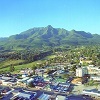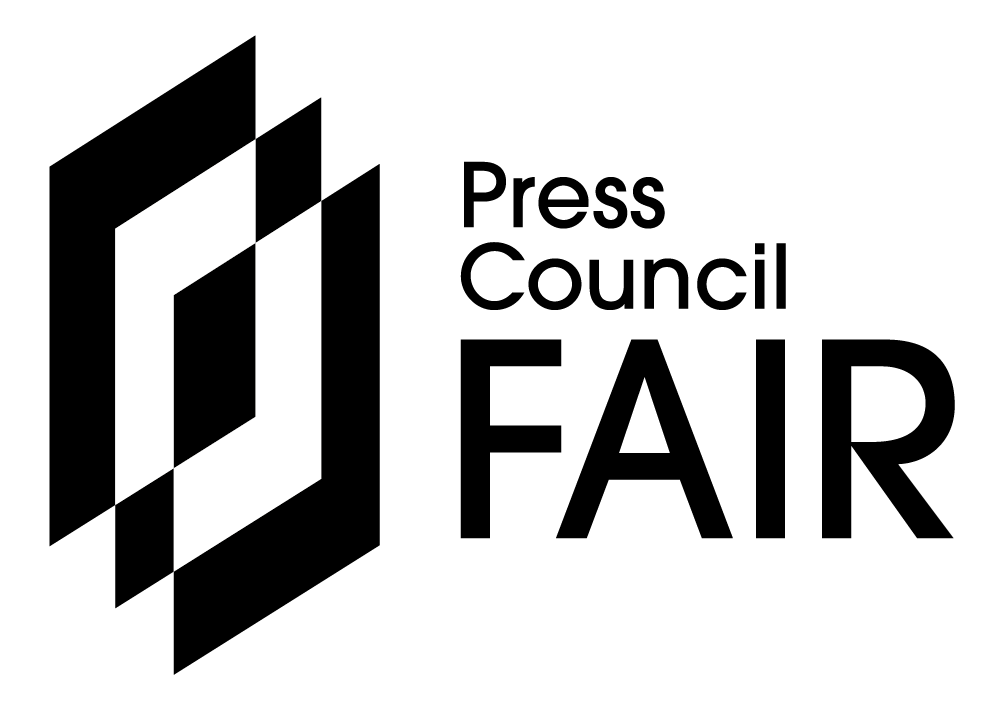Sponsored Content
BUSINESS NEWS - Water. The source of life. And currently, the source of consternation across the globe as the increasing scarcity of clean drinking water impacts more and more people.
Water security threatens life and how we live in South Africa as much as anywhere else. The President acknowledged this threat in his State of the Nation Address, and the implementation of ‘water-shedding’ brought home the depressing reality to us all.
Yet there are measures we can take to save, protect, and manage water so that the future of our water supply can start to look healthier.
Perhaps unexpectedly, the solution to nature’s most precious resource may lie with a substance created by man.
Plastic.
Let us explain.
Clean drinking water for everyone
According to South Africa’s Water Research Commission, 36.8% of our Municipal water is lost to leakage. To put that into perspective, the water loss from leakage is approaching 2 trillion litres of water each year.
The problem is an ageing infrastructure. Pipes made from cast iron or cement have limited resistance to corrosion or earth movement.
The future of water is in Safripol’s iMPACT 100® High-Density Polyethylene. HDPE pressure piping offers unparalleled leak resistance with seamless joints. It is highly resistant to corrosion, flexible enough to avoid fracture due to earth movement and is both lightweight and cost-effective.
IMPACT 100® HDPE is designed to last for at least 50 years, and studies have indicated that the life expectancy of HDPE pipes could be as long as 100 years.
Clean storage and access for rural communities
HDPE and Polypropylene (PP) can also be of huge benefit to communities and homes with less convenient access to clean drinking water. Rural areas, informal settlements and even schools can be supplied through large water tank storage systems and also greater use of Boreholes.
High-density Polyethene and Polypropylene water tanks offer a non-toxic, food-compliant and environmentally stress-resistant solution.
The tanks are durable with a lifespan of 15 to 20 years. In times of unanticipated shortages, they can easily be transported and installed.
Similarly, borehole systems are more viable with the application of PP to casings and filtration systems due to PP’s durability, environmental stress resistance, and anti-corrosive properties. Lightweight PP makes borehole systems affordable, and plastic filtration systems deliver healthier, cleaner water.
More efficient use of water in agriculture
Agriculture consumes up to 60% of South Africa’s water, mostly through irrigation. Today, there are smarter ways to irrigate so that we are much more efficient in our water use.
Drip irrigation systems save water by delivering water directly to the plant root zone at a slow, controlled rate, minimising evaporation and runoff, which means the plants precisely receive the amount of water they need. This results in significant water conservation compared to traditional sprinkler irrigation methods.
Run-off pipes also successfully collect and channel excess water, preventing wastage.
Plastic shade cloth and PP mulch film conserve water by regulating temperature and producing a higher yield of healthier fruit and vegetables.
Protecting our water at source
There's little point in increasing our capability to supply water if the water isn't clean. Contamination of the water supply in South Africa is an ongoing problem with agricultural run-off, industrial waste and leakage of raw sewage as the critical factors. Safripol’s iMPACT 100® HDPE conforms to stringent PE 100 pipe manufacture certification and compliance. Its chemical resistance and anti-corrosive nature make contamination of drinking water extremely unlikely.
At the same time, pipes carrying industrial waste and effluent benefit from strong leak resistance. Pesticide contamination from agricultural run-off is also greatly reduced when drip irrigation schemes are utilised.
HDPE goes further in protecting the environment, for instance, with its seamless joints and resistance to environmental stress, reducing the risk of contamination in our underground water systems and in our wetlands.
The use of high-quality recycled plastic in manufacturing also reduces the risk of contamination of the environment with microplastics.
Innovations in the use of HDPE have also included the introduction of ‘Litter booms’. The booms are designed to catch waste and guide it to the riverbank, which means protecting our fresh water supply from pollution as well as stopping waste from reaching the ocean.
The future of water is
South Africans have the right to expect to have access to clean drinking water. By making the most of the opportunities and solutions that plastic can provide for us, we can safeguard the future of water and improve lives in the process.
Safripol is leading the way with African-made solutions. From infrastructure to agriculture, community upliftment, and recycling, plastic, when used responsibly, can protect our water and our future.
Water sustainability is another example of how plastic is good when we’re good with plastic.
‘We bring you the latest Garden Route, Hessequa, Karoo news’
















